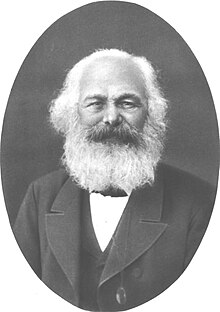Ethics Workbook I: World History Chapter 9
The Middle Ages
All of the societies we have studied so far have held individual people responsible
for their actions. In fact, we could say that ethics is about individual decision making.
But, we have also seen big variations in how people look at what's right or wrong.
Sometimes this difference comes from a disagreement over how important people think
the good of society as a whole is. Next we're going to study a way of looking at right and
wrong which stresses what's good for the group that the individual is part of. This idea
holds that what's best for the group is most important, and, in the end, is what's best for
each individual.
Before we get started, think about this issue. Should you try to do what's best for the
group you belong to even if it might not be, at least in the short run, what seems best
for you as an individual?
This question speaks directly to the most fundamental ethical question and should generate
considerable discussion. The teacher should try to encourage as complete a consideration of
the issue as possible.
Feudalism
After the fall of Rome, the rule of law disappeared, and Europe became a
dangerous and lawless place. People naturally banded together and formed groups for
their own protection. The land was divided into many small territories, which were
defended by castles. Nobles and knights ruled, while peasants and serfs farmed the land.
This so-called feudal system lasted for over a thousand years.
Feudalism’s ideas of right and wrong were based on what would best hold
together a strong group. We call this idea communalism. A commune is a group of
people living together and sharing what they have.
Ethics Workbook I
©Anthony Tiatorio 1999
57
In feudal society people freely agreed to be ruled by other people, and to do what
they were told in return for protection. To seal these personal agreements, it was
common to swear an oath of allegiance. The greatest crime that you could commit was to
go back on your word, and not stand by your oath. This was called a felony. The word
felony is still used today to describe the most serious crimes.
Let's look at one of these feudal oaths.
I swear before God that I will be your true and
faithful servant and be at your command. I will
love what you love, and hate what you hate. I will
not think or do anything of which you disapprove.
In return you will stand by me, and protect me in
all the ways we agreed to at the time I submitted
myself to your authority.
Composite of several typical feudal oaths.
An oath is like a promise to do something. How important is it to keep your promises?
Should promises be kept no matter what?
It is important for students to continually consider this kind of question.
Thomas Aquinas
During this feudal era, the Catholic Church was very strong, and most of the
thinkers and writers were church people. One great philosopher who had a lot to say
about right and wrong at that time was a Catholic priest named Thomas Aquinas. We're
going to read some of his words, and talk about them because they show the philosophy
behind communalism.
Here is how Aquinas put it:
The parts of things exist for the sake of the whole.
If a person had an infected finger, and it was
threatening to spread and kill the person, then it
would be right and good to cut it off. By the same
reasoning, the person who is dangerous and
infectious to the community can be rightfully
killed to protect that community.
Thomas Aquinas, Summa Theologica II-II,64 simplified
You can easily see how strong this idea of protecting the group was. Think about
the groups you belong to. How important are these groups to you? Write a short
statement about groups in your life and prepare for a discussion.
